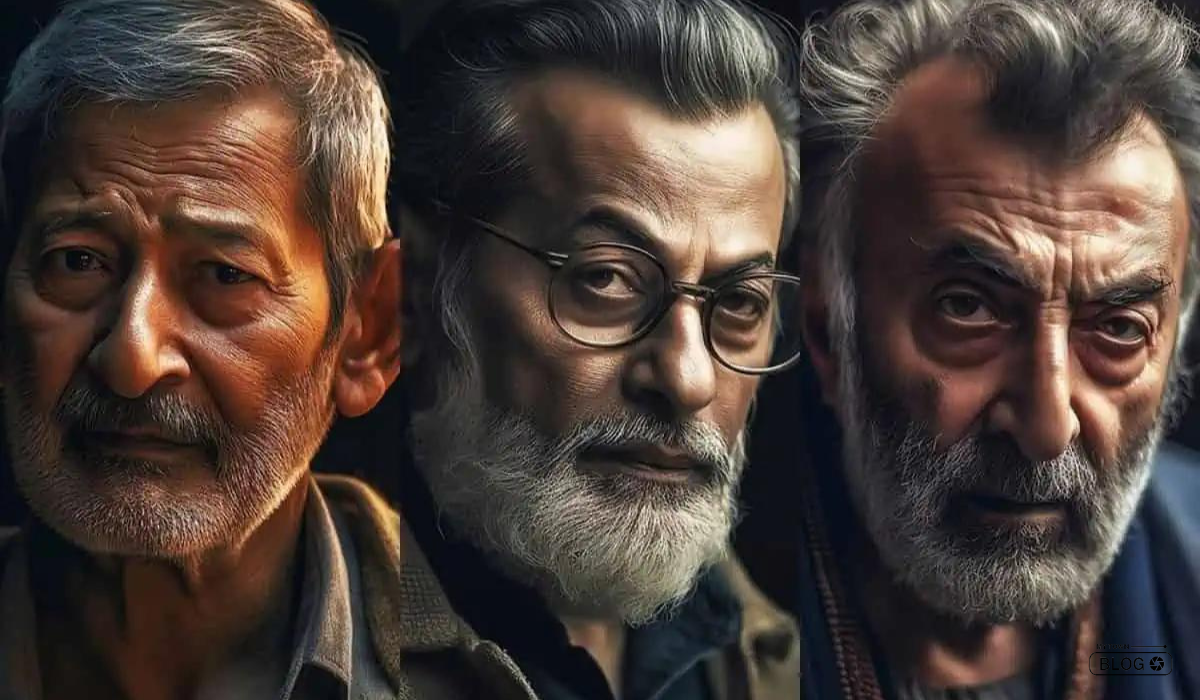The recent circulation of viral images featuring Twitter’s top executive, Elon Musk, holding a humanoid robot with claims of him working on a “robot wife,” and Indian Prime Minister Narendra Modi donning an extravagant headgear and costume at an event has drawn attention to the growing use of artificial intelligence (AI) to generate misleading images.

AI-generated images, particularly those created using Generative Adversarial Networks (GANs), are increasingly being employed as a tool for spreading disinformation. Fake images of politicians, celebrities, and even religious figures are shared, posing challenges in discerning fact from fiction.
Generative Adversarial Networks
Generative Adversarial Networks (GANs) play a crucial role in the creation of such images. These networks consist of a generator and a discriminator, working in tandem to produce realistic-looking images. However, the increasing prevalence of AI-generated content raises concerns about the potential misuse of such technology for deceptive purposes.
Detecting the authenticity of these AI-generated images requires a keen eye and attention to detail. Here are some methods to identify potential fake images:
Careful Observation
Zooming into the picture and scrutinizing it for anomalies is essential. Look for repeated patterns, unnaturally symmetrical features, or inconsistencies that may not align with reality. For instance, clouds, waves, or other natural elements may exhibit identical shapes and sizes.
Examine Body Parts and Features

Close inspection of the depicted individuals and surroundings can reveal errors. AI-generated images may show inaccuracies in body parts, such as the image of Narendra Modi where individuals in the background have half fingers. Unnatural skin texture, inconsistent lighting on the face and hands, and issues with eyes, teeth, and text are common areas where AI generators struggle.
Verify the Image Source
Conducting a reverse image search using tools like Google Lens, Tineye, Yandex, or Bing can help trace the origin of the image. Additionally, checking for watermarks or investigating social media comments may reveal the image’s source. However, it’s crucial to note that not all AI generators add watermarks, and savvy users can crop them out before sharing.
Check Lighting and Shadows
Pay attention to lighting inconsistencies within the image. AI-generated images might display unnatural shadows or lighting that doesn’t align with the surroundings. Analyzing the direction and intensity of shadows can reveal discrepancies, especially in images where the AI struggles to mimic real-world lighting conditions.
Examine Facial Expressions
Focus on facial expressions of individuals in the image. AI-generated faces may lack genuine emotions, and subtle cues like mismatched facial expressions can signal manipulation. Look for signs of uniformity or unnatural poses that may indicate the use of AI in altering facial features.
Check for Anomalies in Reflections
If the image includes reflective surfaces, such as mirrors or glass, inspect reflections for abnormalities. AI may struggle to accurately render reflections, leading to distortions or inconsistencies in mirrored surfaces.
Also read- Google’s Gemini AI Elevates Bard, Escalates OpenAI Competition
Stay Informed about AI Advancements
As AI technology evolves, staying informed about the latest advancements in image generation techniques is essential. Awareness of new AI capabilities allows individuals to adapt their verification methods and better discern between genuine and AI-generated content.
Conclusion
As fake images made by computers become more common, it’s important to be careful online. Look closely at pictures, check where they come from, and be aware of strange or too-perfect details. By staying alert, we can avoid falling for fake pictures and misinformation.
FAQs
Can fake computer-made pictures be used to trick people?
Yes, fake pictures created by computers can be used to fool people, spread false information, and make things up. It’s important to be aware and learn how to spot these fake images.
Is there a tool to catch fake pictures made by computers?
While there’s no perfect tool, you can use tools like Google Lens or Tineye to check where an image comes from. Also, keeping up with what’s new in computer technology can help you notice signs of fake images.
How can I help stop fake pictures from spreading?
You can help by looking closely at pictures, double-checking information, and telling others about the possibility of fake images. Be careful where pictures come from, learn about new computer tricks, and share what you know to fight against false information.








